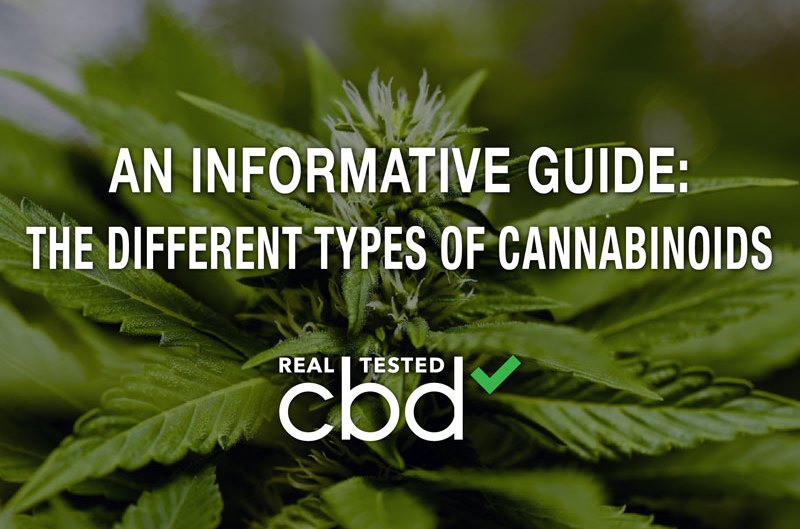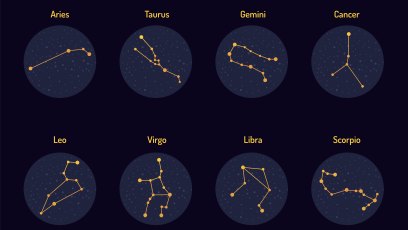
Sponsored ContentAn Informative Guide: The Different Types of Cannabinoids
In 2019, 12% of American adults said they smoked marijuana. Fast forward 2 years and add in the various other methods people use to consume or utilize cannabis, and the number of marijuana users must be much higher now.
Most people know cannabis for the cannabinoid THC, which gets you “high.” But there’s so much more to this plant! It’s filled with so many wonderful natural compounds, including other beneficial cannabinoids.
Want to learn more? Here are the different types of cannabinoids explained.
What Are Cannabinoids?
First of all, what are cannabinoids exactly? These are compounds you’ll find in cannabis plants. Currently, there are over 100 discovered cannabinoids, although there could be more.
Cannabinoids work through binding to your endocannabinoid receptors (you have 2 main types: CB1 and CB2). When this happens, it activates your endocannabinoid system, which is responsible for keeping many bodily functions in balance, including your mood, fertility, pain, inflammation, sleep, memory, immune system, and more.
Usually, your body makes two of its own cannabinoids called endocannabinoids. The 2 main ones are 2-arachidonoylglycerol (2-AG) and anandamide (AEA). But sometimes, you need a little extra help. This is where the cannabinoids from cannabis plants come in!
While there are isolate cannabinoid products, it’s best if you get something that’s full or broad-spectrum. This means the product contains the full range of compounds in the plant, such as terpenes and flavonoids. For example, non-detect distillate contains not just CBD, but other minor cannabinoids too.
Together, they create the entourage effect. What this means is they synergize and amplify all the effects the compounds have because they are all working together.
Now that you know a little more about cannabinoids, let’s discuss the most common ones you’ll find.
THC
Let’s begin the list with the most famous cannabinoid out there: THC! This stands for tetrahydrocannabinol.
This is actually one of the only cannabinoids that has psychoactive effects, which makes it pretty special. THC is also the most abundant cannabinoid you’ll find in cannabis.
This cannabinoid mostly binds to the CB1 receptors in your brain. As a result, it can improve your mood and help you relax. THC also aids in pain and inflammation management, as well as digestion.
While it can be fun to get high off of THC, it can also be an hinderance for some. For instance, let’s say you want to consume THC to relieve back pain, but you have to go to work. Not only will it impair your abilities, but you could fail drug tests as well.
Because of this, there’s been interest in utilizing other cannabinoids for the same benefits but without the downsides. This is why CBD has become so popular.
CBD
Today, in the world of cannabinoids, CBD (or cannabidiol) is the second only to THC. Why? Because it’s almost exactly like its cousin, except it doesn’t have psychoactive effects. Instead of binding dominantly to CB1 receptors, CBD also binds to CB2 receptors all throughout your body.
For example, you can use CBD products to get better sleep, improve your appetite, lessen pain and inflammation, and even reduce your stress. However, consuming CBD won’t leave you feeling impaired and unable to do your job. And if you get the right product, it won’t have any THC in it, which means you won’t fail drug tests either.
CBD can actually act as a buffer against THC. So, if you want to reap the benefits of cannabis but don’t want to get “intoxicated,” the CBD in your product can help decrease the effects.
What’s also fantastic about CBD is that hemp plants produce a majority of CBD instead of THC. Also, under the 2018 Farm Bill, all products made from hemp are legal, so you can have peace of mind using CBD hemp products.
On the other hand, cannabis with THC levels of over 0.3% are only legal by state and are still illegal on a federal level. While it’s very unlikely you’ll get in trouble at the federal level, it’s still possible.
CBN
CBN (cannabinol) is a lesser-known cannabinoid but is of big interest. This cannabinoid isn’t actually naturally found in marijuana. Instead, it’s a byproduct when THC degrades.
This means you can get cannabis flower that’s high in CBN by purchasing some and letting it degrade over time. It’s almost like letting a fine wine age, if you will.
So, what’s so great about CBN? Well, not only does it have many of THC’s benefits, but scientists have also found that it’s extremely helpful with its sedating effects. Mainly, CBN is promising for battling insomnia.
Other research has shown that this cannabinoid might also be useful in regenerating bone tissue.
CBG
CBG (or cannabigerol) is a bit opposite to CBN. It’s actually the precursor to CBD and THC, which means it can turn into either cannabinoid.
But scientists have been focused on what CBG can offer on its own prior to conversion. Studies have shown that it has promise for MRSA treatments, cancer, and glaucoma. And like some of the other cannabinoids on this list, CBG can also be useful for your appetite, sleep, and moods.
CBC
CBC (or cannabichromene) is another cannabinoid that can lessen the effects of THC. But it can do much more than that.
Studies show that CBC has effects on neuroplasticity and neurogenesis, which can help us with brain health. It also has anti-inflammatory properties, which is beneficial for our overall health.
Know the Different Types of Cannabinoids Available
As you can see, there are many different types of cannabinoids. Considering that there are over 100 cannabinoids, this list only just scratches the surface.
But hopefully, this article has helped you understand what cannabinoids do and how you can benefit them. The next time you light up, you’ll have a little more appreciation for all the inner workings of your bud.
For more articles like this one on types of cannabinoids, please take a look at the rest of our blog.
Conversation
All comments are subject to our Community Guidelines. In Touch Weekly does not endorse the opinions and views shared by our readers in our comment sections. Our comments section is a place where readers can engage in healthy, productive, lively, and respectful discussions. Offensive language, hate speech, personal attacks, and/or defamatory statements are not permitted. Advertising or spam is also prohibited.





































